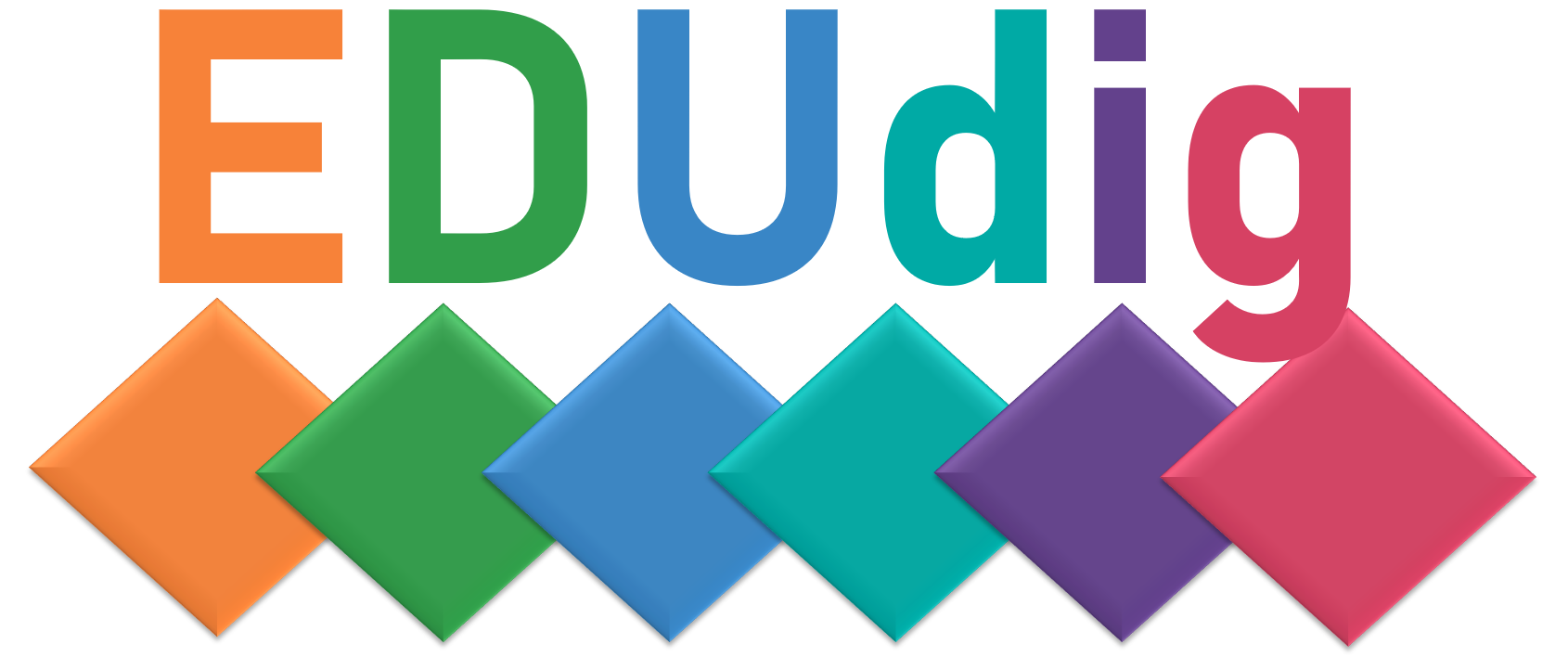Documents, tables, etc. can be edited jointly with the document editing tools. These enable the joint creation and editing of files. In most cases, everyone who is authorised to access the files can edit them simultaneously. The changes made by others are then usually visible in real time, so that one can follow live who is making which change.
Important functions of those tools:
- Change tracking: Changes can be tracked, so that it is possible to see who made the changes.
- Real-time collaboration: With the help of the tool, you can work together on one or more documents. The changes are synchronised in real time for all users.
- In-tool communication: Within the tool, people can communicate with each other communicate – e.g. chat
- Comment function: comments can be left when editing a shared document.
Some tools for selection
- Google Docs: working together on a document; making changes visible in real time. – https://www.google.com/docs/about/
- MS Teams: upload documents on MS Teams and work on them together. – https://www.microsoft.com/en/microsoft-teams/log-in
- Conceptboard: you can upload all kinds of documents, integrate different templates (brainstorming, project design, to-do lists, etc.) or design your own discussion structure. All files can be edited together in real time. – https://conceptboard.com/
- Etherpad: Etherpad is a web-based, real-time collaborative editor that allows students to edit a text document simultaneously and see everyone’s changes in real time, with each author’s text displayed in their own colour. There is also a chat box in the sidebar that allows metacommunication. – https://etherpad.org/
- HackMD: is a free service that enables the simultaneous editing of texts in the browser. You can create collaborative presentations. – https://hackmd.io/home
